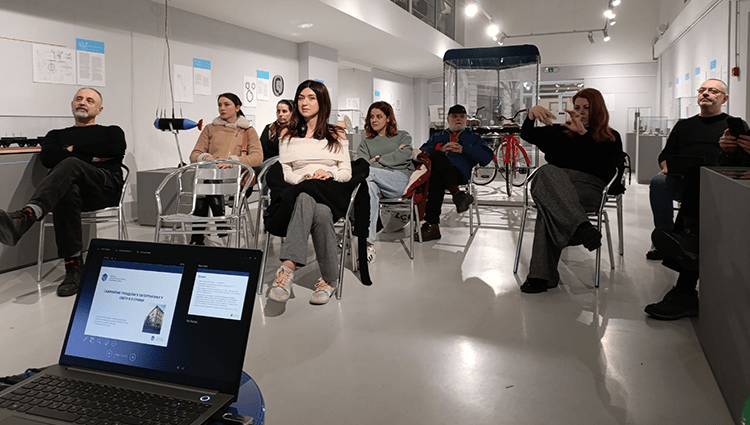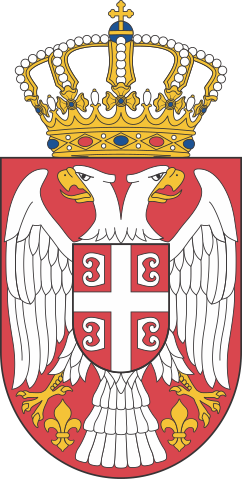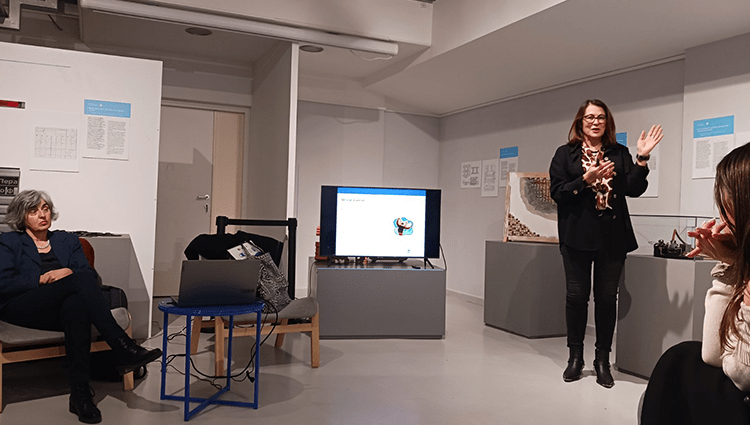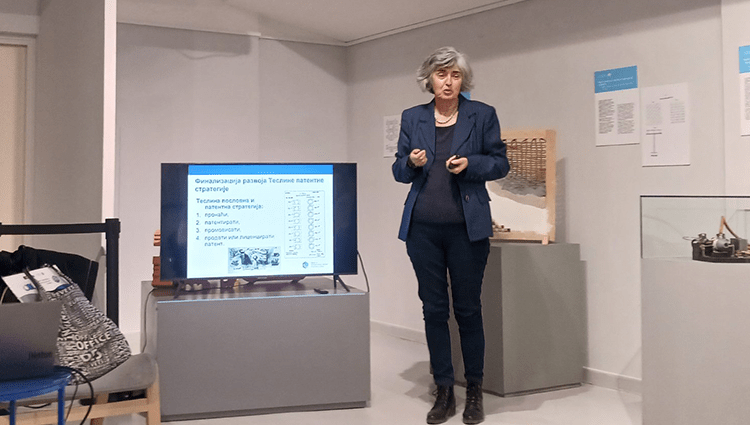
On Monday, February 24, 2025, at the Museum of Science and Technology in Belgrade, in the framework of the exhibition “Guardians of Innovations – 100 Years of the First Serbian Patent” a lecture was held by the experts from the Intellectual Property Office of the Republic of Serbia.
In the first part of the lecture, a survey was given concerning modern trends in patent activities all over the world and in our country. According to the data provided by the World Intellectual Property Organization – WIPO, in 2023, 3.55 million patent applications were filed worldwide and the majority were filed in five intellectual property offices, about 1.7 million applications were filed in China, about 600,000 in the USA, followed by Japan, the Republic of Korea and the European Patent Office. The total number of patent applications for patent protection in Serbia was 1461 including 10% filed by domestic applicants, while 90% were predominantly filed by foreign applicants for validation of the European patent. In 2024, among applications filed by domestic patent applicants, about 40% or 54 applications were filed by R&D organizations, institutes and universities, which is the highest number during the last 15 years. This number suggests that researchers are more aware of the importance of patent protection as a means for transferring knowledge to economy.
With regard to establishing a patenting strategy, the second part of the lecture presented an analysis of the development of patent strategy of Nikola Tesla in the period of 1885-1893, based on Nikola Tesla patents, as we know them today. It was established that Tesla’s patent strategy, constituting part of his overall business strategy had a global character from the very beginning, as it was not limited to the USA, where Tesla was granted the majority of his patents, but was directed to the industrially developed countries of Europe and their economically developed colonies. Although Tesla’s patent strategy at first proved to be very successful, the weaknesses later became visible, because some of the Tesla’s inventions did not lead to the sufficiently high return of investments, so there were delays in the development of subsequent cycles. Those setbacks finally led to the failure of his strategy, and consequently produced major financial problems that Tesla had to face in the second half of his life.



